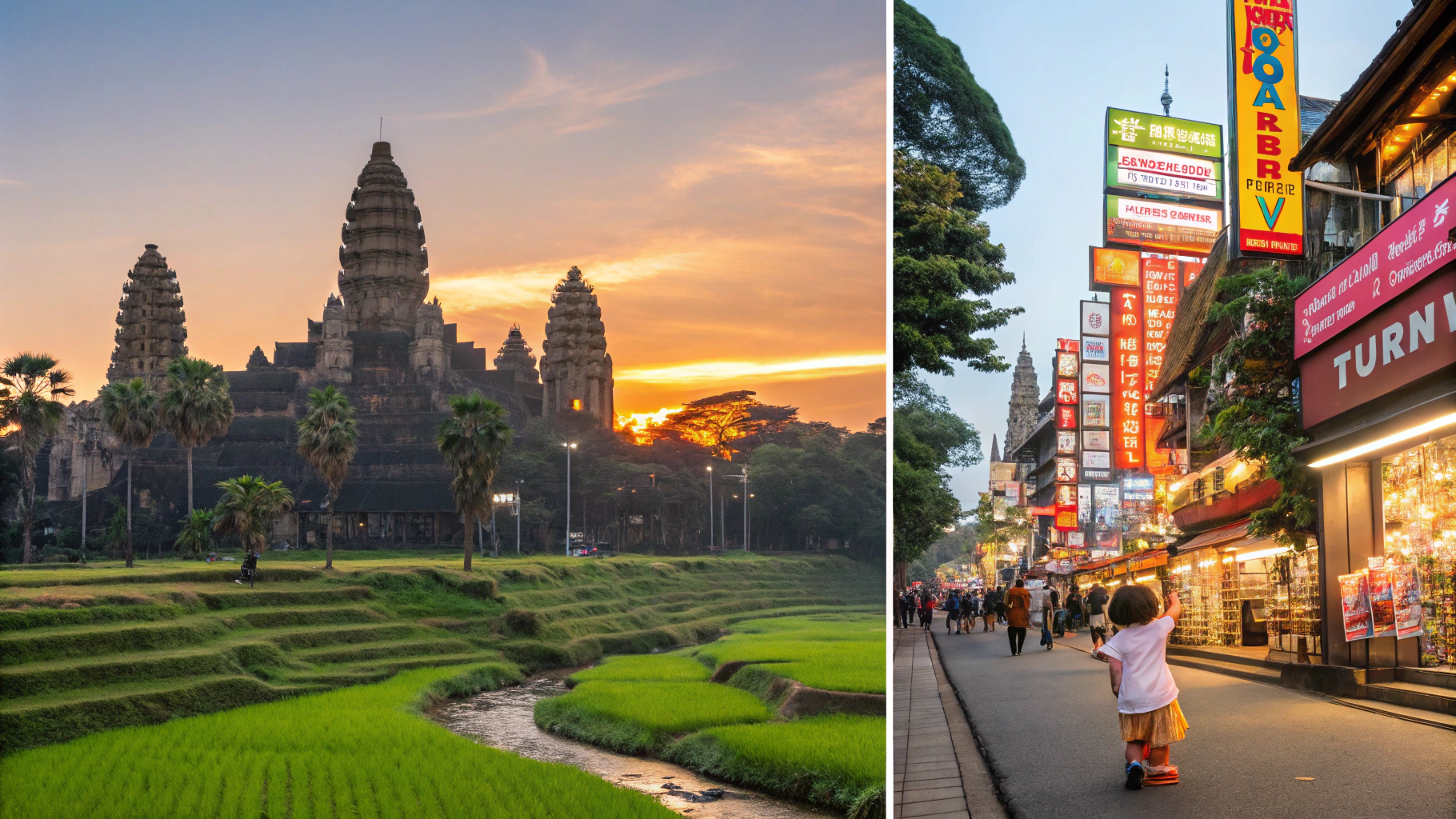Have you ever dreamed of wandering through ancient temples at sunrise, sampling street food that explodes with flavors you’ve never experienced, or finding yourself on pristine beaches that seem untouched by time?
Asia tours offer all this and so much more.
As someone who’s spent the better part of a decade exploring this vast continent—from the neon-lit streets of Tokyo to the serene rice terraces of Bali—I can tell you that Asia’s magic lies in its incredible diversity and the way it constantly surprises you, even when you think you’ve seen it all.
My first Asia tour began as a three-week vacation that somehow stretched into a six-month journey. That’s the thing about this continent—it has a way of drawing you in and making you rethink your plans.
Whether you’re a first-time visitor or returning for your twentieth trip, there’s always another layer to discover, another experience that will leave you speechless.
Why Asia Tours Are Unlike Any Other Travel Experience
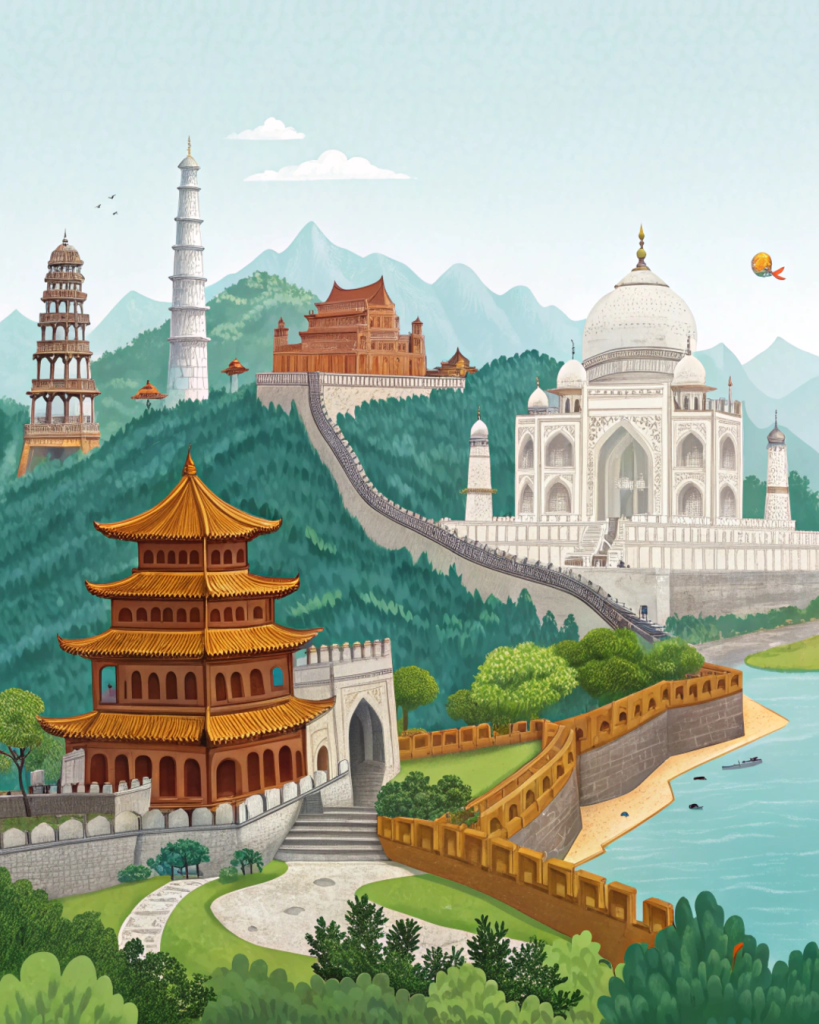
Asia isn’t just a destination; it’s a kaleidoscope of experiences that engages all your senses. According to the World Tourism Organization, tourism to Asia has grown by nearly 6% annually over the past decade, outpacing global tourism growth—and for good reason.
What makes Asia tours so special is the remarkable contrast you’ll encounter. One day, you might be navigating the organized chaos of Bangkok’s floating markets, and the next, finding perfect solitude on a Cambodian island.
You could start your morning meditating with monks in a Kyoto temple and end it singing karaoke in Osaka’s vibrant nightlife district.
Dr. Elizabeth Morrison, cultural anthropologist at Stanford University, explains: “Asia offers travelers the unique opportunity to experience some of humanity’s oldest civilizations alongside some of its most futuristic innovations.
This juxtaposition creates a travel experience that simply can’t be replicated elsewhere.”
Finding the Right Asia Tour for Your Travel Style
Before diving into specific destinations, let’s talk about finding the tour that matches your travel style:
- Cultural immersion tours: Focus on historical sites, traditional experiences, and local interaction
- Adventure tours: Include trekking, diving, wildlife encounters, and adrenaline activities
- Culinary tours: Center on food markets, cooking classes, and regional specialties
- Luxury tours: Feature high-end accommodations, private experiences, and exclusive access
- Budget backpacking tours: Emphasize affordability, flexibility, and authentic local experiences
I remember signing up for what I thought was a standard cultural tour in Vietnam, only to find myself learning how to make traditional pottery in a village that rarely sees tourists.
The family who taught me had been crafting ceramics for seven generations. When they invited me to stay for dinner, that unexpected detour became one of my most treasured travel memories.
Popular Asia Tour Destinations You Shouldn’t Miss
While Asia encompasses dozens of countries, certain destinations consistently rank among travelers’ favorites for good reason.
Japan: Where Tradition Meets Innovation
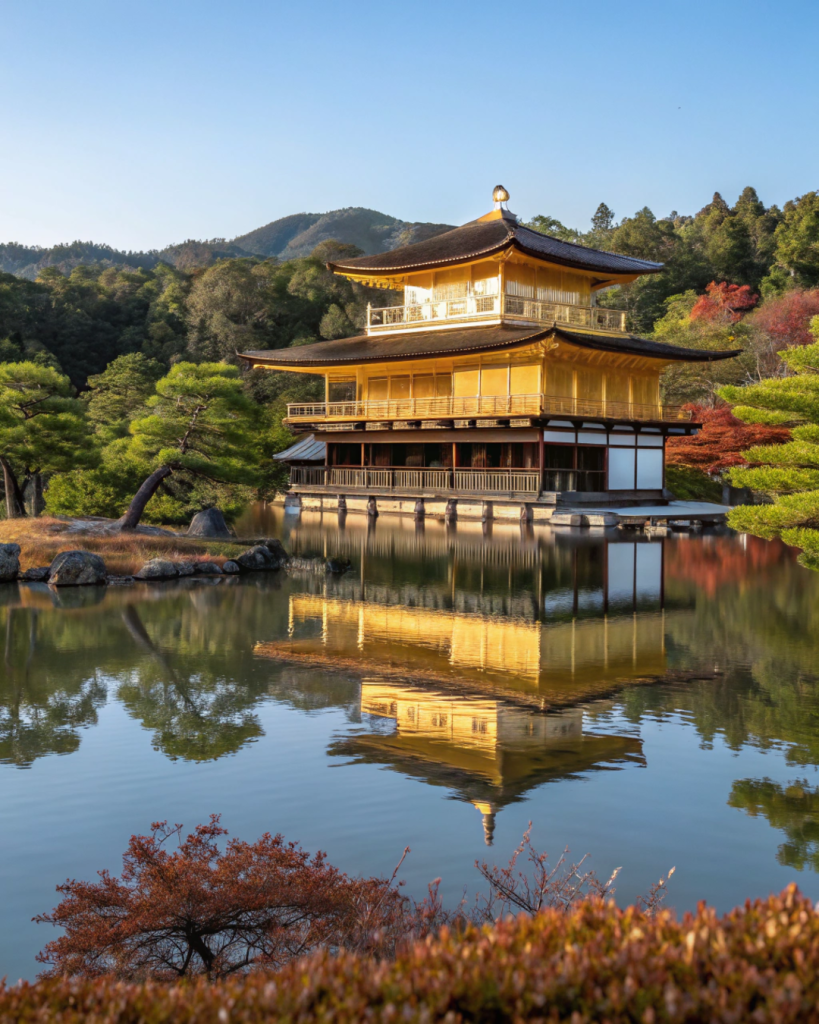
Japan offers a fascinating blend of ancient traditions and cutting-edge technology. From the serene gardens of Kyoto to the electric energy of Tokyo, Japan presents contrasts at every turn.
Don’t miss:
- Cherry blossom season (late March to early April) for an iconic Japanese experience
- The historic temples and deer park of Nara
- The food scene in Osaka, known as “Japan’s kitchen”
- Mount Fuji and the surrounding Five Lakes region
When I visited Japan with my 3-year-old nephew, I was initially concerned about navigating such a different culture with a toddler. But Japan proved to be surprisingly family-friendly.
The efficiency of public transportation, clean facilities everywhere, and the kindness of locals toward children made our Asia travel with toddler experience remarkably smooth.
We found child-focused activities at many temples and museums, and my nephew still talks about the interactive exhibits at the National Museum of Emerging Science and Innovation in Tokyo.
Southeast Asian Gems: Thailand, Vietnam, and Cambodia
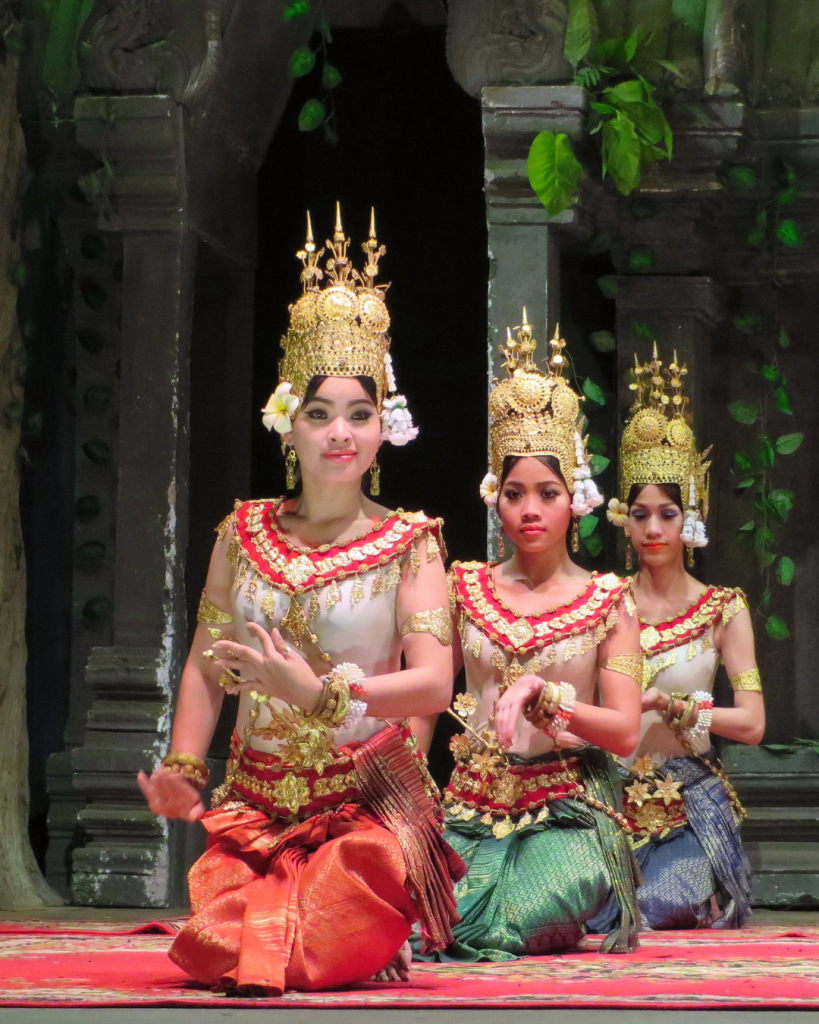
Southeast Asia continues to be a favorite for travelers seeking incredible value, stunning landscapes, and rich cultural experiences.
Thailand’s combination of world-class beaches, vibrant cities, and excellent tourism infrastructure makes it an ideal introduction to Southeast Asia.
Vietnam offers breathtaking natural beauty in places like Ha Long Bay and Sapa, alongside fascinating historical sites. Cambodia’s Angkor Wat complex remains one of the world’s most awe-inspiring archaeological sites.
According to travel expert James Williams: “Southeast Asia consistently offers the best value for money in terms of accommodation, food, and experiences.
Your travel budget stretches remarkably further here than almost anywhere else, without sacrificing quality or authenticity.”
India: A Subcontinent of Diversity
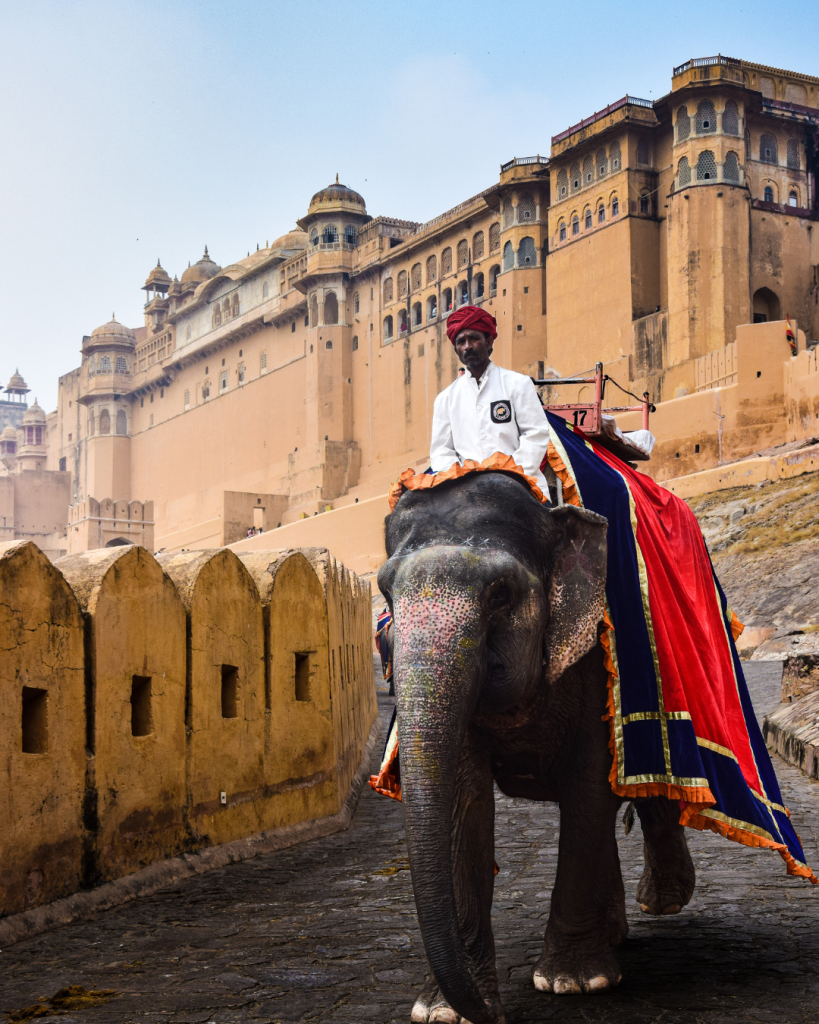
India deserves its own category entirely. With 28 states, each with distinct languages, cuisines, and traditions, planning an India tour requires thoughtful consideration.
The Golden Triangle (Delhi, Agra, and Jaipur) offers a perfect introduction for first-time visitors, featuring iconic sites like the Taj Mahal.
For those seeking spiritual experiences, Varanasi and Rishikesh provide profound insights into Hindu traditions. Beach lovers will find paradise in Goa’s coastal communities.
My most memorable India experience came from an impromptu invitation to a local wedding in Jaipur. The family insisted I join after a chance conversation at a market.
The 48-hour celebration was a sensory explosion of colors, music, food, and warmth—proof that sometimes the best travel experiences can’t be planned.
Planning Your Perfect Asia Tour: Practical Considerations
Now that you’re inspired to explore Asia, let’s get practical about planning your journey.
Best Times to Visit Different Asian Regions
Asia’s climate varies dramatically by region. Here’s a quick overview:
- Northeast Asia (Japan, Korea, China): Spring (March-May) and fall (September-November) offer mild temperatures and beautiful seasonal changes.
- Southeast Asia: November to February provides relatively dry, cooler conditions in Thailand, Vietnam, and surrounding countries.
- South Asia (India, Nepal): October to March avoids the monsoon season and extreme heat.
- Central Asia: May to September offers the most accessible weather for countries like Mongolia and the ‘Stans.
Remember that traveling during major holidays like Chinese New Year or Songkran can mean higher prices and crowds but also unique cultural experiences.
Asia Travel with Toddler: Family-Friendly Destinations
If you’re planning Asia travel with toddler companions, some destinations are particularly accommodating. Singapore stands out with its cleanliness, safety, and attractions designed with families in mind.
Japan’s efficiency and organization make navigating with little ones surprisingly manageable. Thailand’s family-friendly resorts and patient culture create a welcoming environment for young travelers.
Based on my experience taking my friend’s 2-year-old twins to Bali, I recommend:
- Choosing accommodations with kitchen facilities
- Building in downtime every day
- Prioritizing destinations with direct flights to minimize travel fatigue
- Bringing familiar snacks while gradually introducing new foods
- Researching pediatric care options at your destinations
Dr. Maria Chen, pediatric travel specialist, notes: “Asia travel with toddler family members can actually be less stressful than many Western destinations if you choose the right locations.
The genuine love for children in many Asian cultures means your little ones will be welcomed rather than merely tolerated.”
Budgeting for Your Asia Tour
One of Asia’s greatest appeals is the range of experiences available at every price point. Your daily budget could be:
- Budget: $30-50 per day in countries like Vietnam, Cambodia, or parts of India
- Mid-range: $100-200 per day in Thailand, Malaysia, or China
- Luxury: $300+ per day in Japan, Singapore, or high-end experiences throughout Asia
Remember that costs vary significantly within countries. A luxury hotel in Bangkok might cost the same as a mid-range option in Tokyo, while street food throughout most of Asia remains consistently affordable and authentic.
Crafting Your Perfect Asia Tour Itinerary
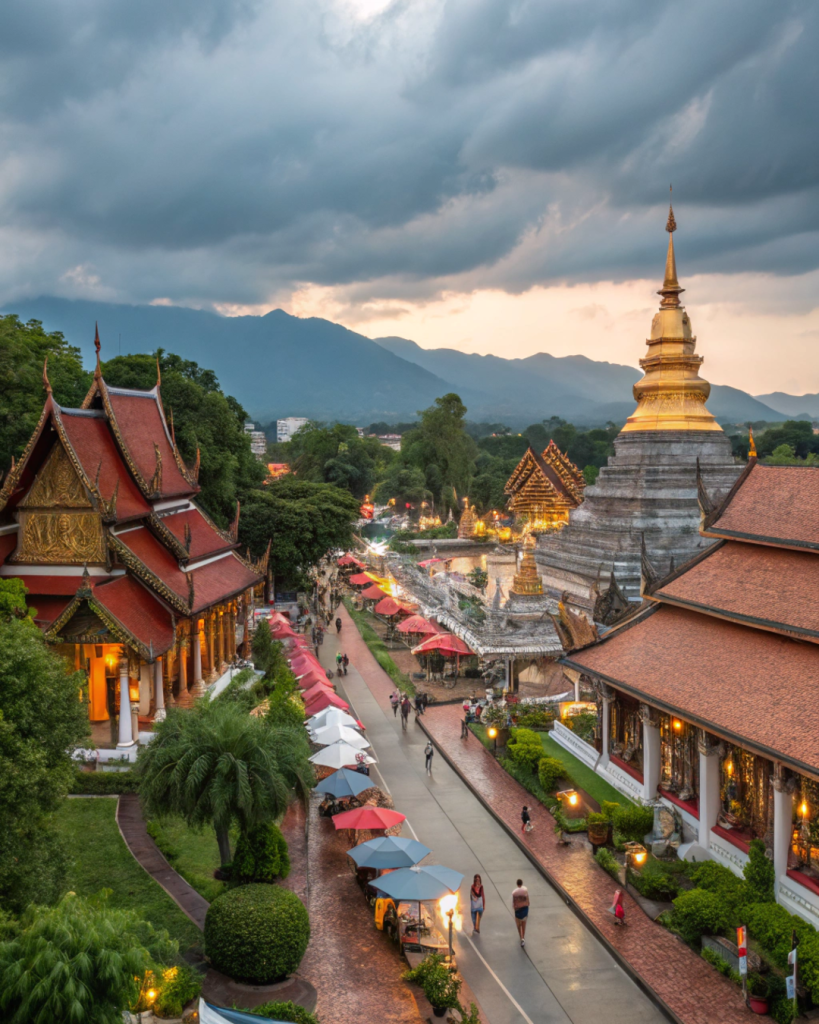
The key to a successful Asia tour is balancing ambition with realistic pacing. Many first-time visitors try to see too much, resulting in travel fatigue.
Single-Country Deep Dives vs. Multi-Country Sampler Tours
Consider whether you want to explore one country thoroughly or sample several. For trips under two weeks, I generally recommend focusing on one country or a limited region.
This allows you to develop a deeper understanding and spend less time in transit.
For my first Asia tour, I attempted to visit Thailand, Cambodia, Vietnam, and Laos in three weeks. While I technically “saw” each country, the experience felt rushed.
When I returned to focus solely on Vietnam for two weeks, I discovered so much more and left with a genuine connection to the place.
Sample Two-Week Asia Tour Itineraries
Here are three sample itineraries to inspire your planning:
Japan Cultural Explorer:
- Days 1-4: Tokyo and day trip to Hakone
- Days 5-8: Kyoto, with day trips to Nara and Osaka
- Days 9-11: Hiroshima and Miyajima Island
- Days 12-14: Return to Tokyo via Kanazawa
Southeast Asia Highlights:
- Days 1-3: Bangkok
- Days 4-6: Chiang Mai
- Days 7-10: Siem Reap (Angkor Wat)
- Days 11-14: Thai islands (Koh Lanta or Koh Samui)
India Golden Triangle Plus:
- Days 1-3: Delhi
- Days 4-6: Agra and Fatehpur Sikri
- Days 7-9: Jaipur
- Days 10-11: Udaipur
- Days 12-14: Varanasi
Cultural Etiquette: Respecting Local Customs
Each Asian country has distinct cultural norms worth researching before your visit. General rules of thumb include:
- Dress modestly when visiting religious sites
- Remove shoes when entering homes and many temples
- Learn basic greetings in local languages
- Ask permission before photographing people
- Research specific gestures to avoid in each country
During my first visit to Thailand, I made the mistake of touching a child’s head—something I later learned is considered disrespectful in Thai culture.
The family was gracious about my error, but it was a reminder of how important cultural awareness is.
Making the Most of Your Asia Tour Experience
Beyond the logistics, here are some approaches that will deepen your connection to the places you visit.
Embracing Culinary Adventures Safely
Food is a gateway to culture, and Asia offers some of the world’s most exciting cuisine. To enjoy it safely:
- Eat where locals eat—busy restaurants with high turnover typically serve fresher food
- Look for stalls where the cook handles food and money separately
- Start with fully cooked foods if you have a sensitive stomach
- Carry probiotics and basic medication for stomach upset
The night markets of Taiwan transformed my understanding of street food.
Watching the methodical preparation of each dish—from oyster omelets to bubble tea—gave me confidence to try foods I might have otherwise avoided.
Meaningful Cultural Exchanges
The most memorable travel experiences often come from genuine interactions with locals:
- Consider homestays or community-based tourism initiatives
- Take cooking classes, craft workshops, or language lessons
- Visit during local festivals (but research appropriate visitor etiquette)
- Volunteer thoughtfully with ethical organizations
Sustainable Asia Tourism Practices
As tourism to Asia grows, practicing responsible travel becomes increasingly important:
- Choose tour operators with sustainability commitments
- Refuse single-use plastics when possible
- Support businesses that employ local people and use local resources
- Consider carbon offsets for long-haul flights
The Responsible Tourism Institute reports that 73% of travelers now seek sustainable options, with particularly strong interest among those visiting Asia’s more fragile ecosystems.
Your Asia Tour Adventure Awaits
From the snow-capped peaks of the Himalayas to the tropical beaches of Thailand, from the ancient wonders of Kyoto to the futuristic skyline of Shanghai, Asia offers journeys that will transform not just your travel experiences but potentially your outlook on life.
My own path through Asia began as simple tourism but evolved into a profound education. Each country taught me something—Japan showed me the beauty of precision, India the power of adaptation, Vietnam the strength of resilience, and Thailand the grace of genuine hospitality.
Your Asia tour will be uniquely yours. It might challenge you at times, but those challenges often lead to the most rewarding moments.
Whether you’re contemplating your first Asian adventure or planning your twentieth, the continent continues to evolve and surprise.
Ready to begin your journey? Start researching destinations that spark your interest, connect with travelers who’ve recently visited your target countries, and consider working with specialized tour operators who can help craft an experience aligned with your travel style and interests.
Asia doesn’t just welcome visitors—it embraces them, reshapes them, and sends them home with stories they’ll tell for a lifetime. Your adventure awaits.

